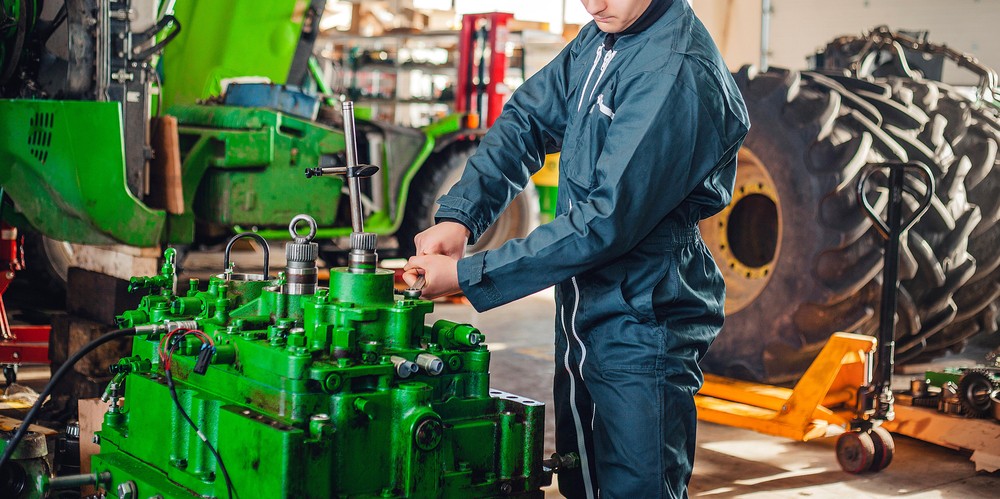The Era of Planned Obsolescence Is Ending — But How Will Manufacturing Be Affected?

Obsolescence is part of evolution, particularly in the evolution of manufactured goods. The goal of manufacturing excellence is to produce a continually better product. But this ideology has gotten sidetracked over the past two decades. Planned obsolescence has taken its place, which is quite the opposite of continuous improvement. Instead, it’s guaranteed stagnation. And while it might have had some short-term benefits for manufacturing volume, many argue that planned obsolescence has been detrimental for manufacturing quality. Thankfully, we could be nearing the end of this movement.
What is planned obsolescence?
Obsolescence and planned obsolescence are two very different things. Obsolescence is a natural progression of manufacturing improvement — think about how far modern automobiles have come since the Model T. Planned obsolescence may not be the intent of manufacturers, but it’s certainly the outcome of the modern incremental approach to production. For context, consider the yearly iteration of the iPhone, which tends to feature simple hardware upgrades (at best).
Planned obsolescence is a designed lifespan. Manufacturers don’t produce their product to last X amount of time — rather, they produce a product with the intent of bringing something better to market in the near future, invalidating the current model.

Factors driving the end of planned obsolescence
Manufacturing has trended into planned obsolescence in recent decades due to product development cycles and rapid innovation. Nevertheless, the pendulum is swinging in the opposite direction. Durable goods are coming back into fashion; here’s why:
- Right to repair. Right to repair is a major cultural movement that’s gaining steam from a legislative front in the United States and around the world. Consumer right to repair will extend the life of serviceable goods and create secondary markets for parts and components.
- Materials shortages. The semiconductor shortage is just the beginning of materials shortages around the world. Planned obsolescence has driven material costs sky-high, and more durable goods could be the key to bringing prices back down.
- Environmentalism. Cultural shifts have put more emphasis on sustainability. Rather than throwing goods away or exchanging products for newer models, a less materialistic society is keeping what they have.

A return to durable goods
A return to durable goods has various ramifications for manufacturers. On the surface, it’s a catalyst for lower demand. Goods that last longer and can be repaired will stay in the field longer. This, combined with less materialism, could tamp down demand for manufacturing volumes. Durable goods also mean longer manufacturing run cycles and less demand for materials.
The question is, with global supply chains in flux and focus on reshoring, will a return to durable goods manufacturing be enough to spur the domestic manufacturing economy? Time will tell. What’s certain, however, is the benefit quality manufacturing will have on the “Made in America” slogan. Goods made to last could spur new opportunity for domestic manufacturing in the future.